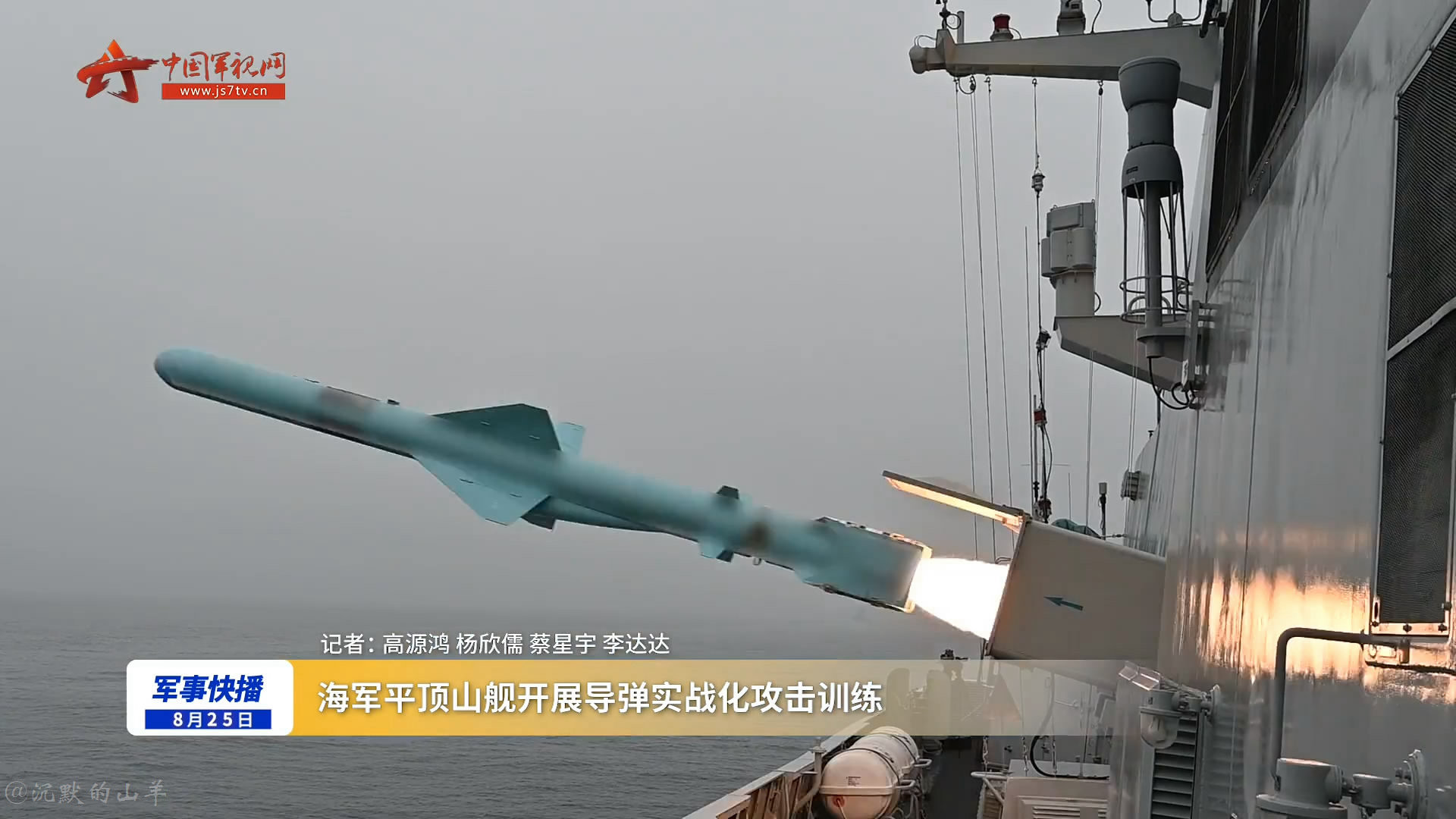Longer reach of radar seeker makes sense only up to a point. Once you hit a certain range, lets say 50 km or 100 km against most targets, adding range on top of that is not AS meaningful as adding other abilities to the missile. So if a smaller radar seeker can achieve a certain goal, and allow another *potent* seeker (IIR one) to be added in parallel, then the overall abilities of the missiles are more useful than having just a really strong long range radar seeker, but not having an IIR seeker or relying on just a IR seeker with a small array.
Today's missiles can *also* rely on outside guidance cues much more than previous generation of missiles. The accentuation is there to show they work just fine even without outside cues, but in such cases they'd likely waste most of their ample range.
It's never about seeker range. If you're sea skimming, the missile won't see the target anyway due to the radar horizon, and it has to rise about it. That happens around 30km to 40km.
The point of having a more powerful and frequency agile seeker is to deal with the sea clutter interference from the sea surface which you have to add the effects of ECM and other interfering radio sources in the battle environment. Further more, more small modern ships are also getting stealthier and having lower profiles, and all these factors do interact and compound over one another. These stealthy frigates, corvettes and FACs are becoming more of a threat and you have these in the Taiwan and SCS sector, no need to tell you which boats and ships are these.
IIR is another terminal seeker and that does not add something extra other than further countering ECM resistance and littoral sea clutter. IIR and IR are terminal seekers, and it does not provide the midphase guidance needed for longer ranges. This falls to the realm of datalinks and supporting spotting assets like UAVs or satellites. This also falls to the realm of passive radio directional finding, which is an important sector of ESM. The missile acts like an ARM, tracking and following the enemy signals, or a ship tracks the target passively by the target's emissions and uses directional finding, then connects to the missile via datalink.




